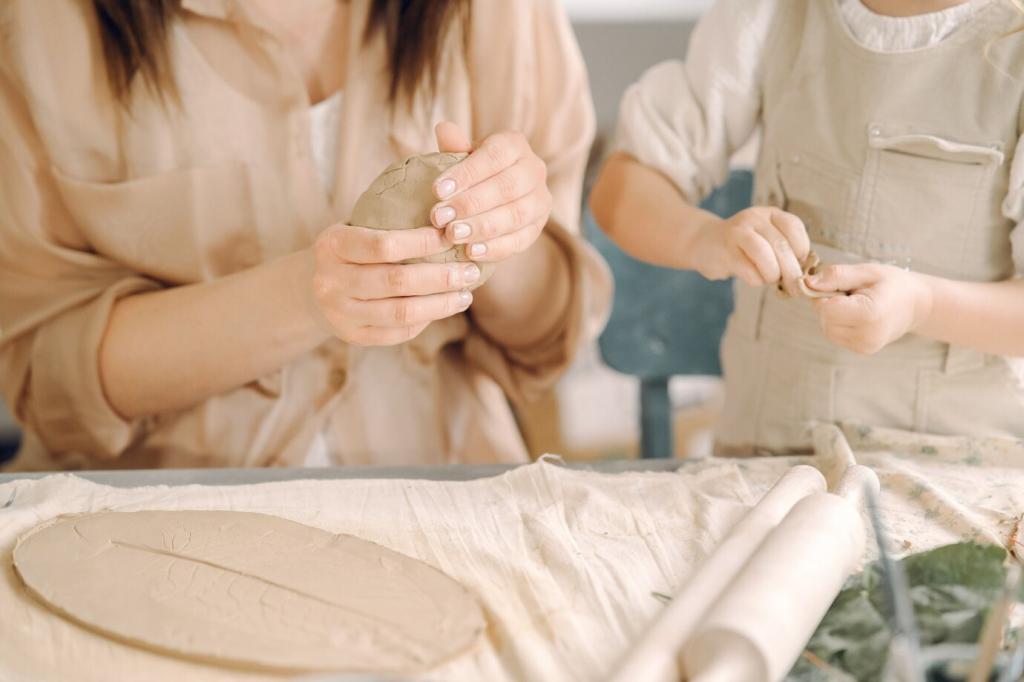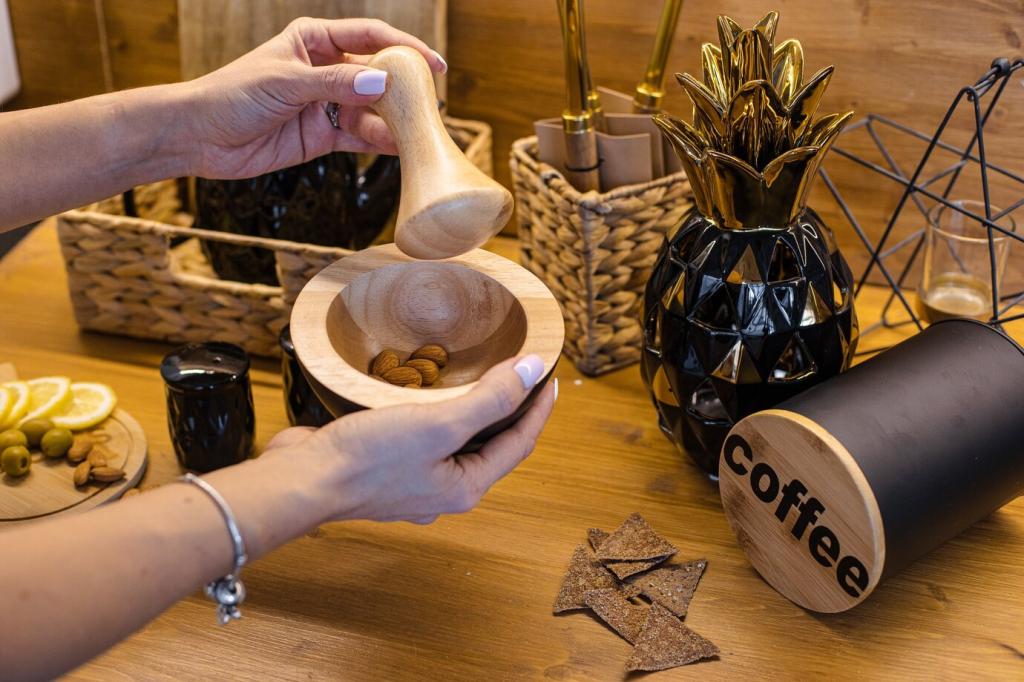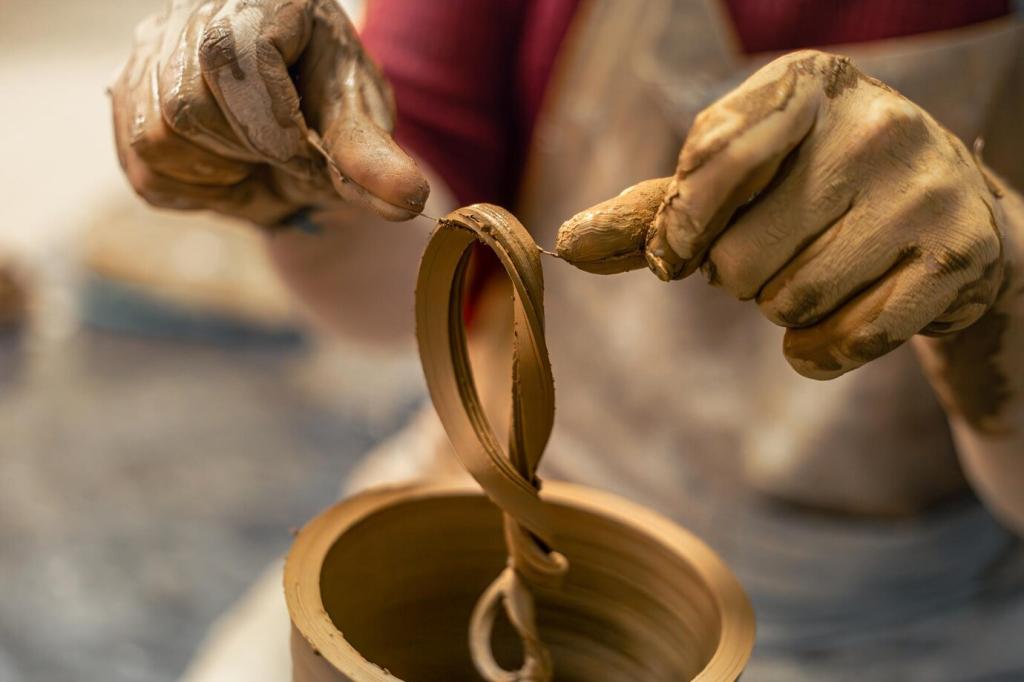Zero Waste Upholstery Techniques: Craft Beauty Without the Scrap Pile
Chosen theme: Zero Waste Upholstery Techniques. Welcome to a hands-on, hopeful approach to restoring furniture where every fiber counts. Years ago, I rescued my grandmother’s tired armchair and, with clever cutting and stitched-offcut piping, left only a palmful of scraps—the moment that sparked this lifelong zero waste obsession. Subscribe for weekly patterns, layout ideas, and community challenges focused on waste-free craft.
Plan Like a Pro: Waste-First Project Mapping
Measure twice, template once. Create kraft paper templates that hug curves and label grain lines clearly. Add seam allowances consistently, then pencil in planned offcut destinations—piping, welting joins, zipper guards—so nothing sits idle in a scrap bin.

Material Reuse: Sourcing Without the Landfill
Before discarding, deconstruct thoughtfully. Save dust covers, tack strips, zippers, chair webbing, decorative nails, and even binding tape. A staple lifter and patience preserve components that can be cleaned, straightened, and reused, slashing both cost and waste.


When a full-length panel won’t fit, split it with a decorative seam where the eye expects shape: under a skirt, along a welt line, or centered as a tailored feature. Match weave and color to make the join feel designed.

Turn narrow strips into elegant piping. Bias isn’t required for many upholstery fabrics; straight-cut cords hold beautifully. Join short lengths with diagonal seams to disperse bulk. Even selvage strips can reinforce piping in high-wear zones without visible compromise.

Use envelope closures on cushions to avoid zipper-length constraints. When zippers are preferred, piece short salvaged lengths into concealed plackets. Add narrow guards from trimmings, creating clean finishes while consuming small scraps that otherwise languish in storage.

Padding, Foam, and Structure with Less Waste
Shred tired foam into crumb fill for bolsters and arm rolls. Join batting offcuts with zigzag stitches, making wide sheets for underlays. These strategies reduce new purchases while tailoring support to specific pressure zones in seats and backs.
Build cushions with separate, replaceable layers: firm bases, soft toppers, and removable wraps. When one layer compresses, swap only that portion. Modular thinking minimizes waste, keeps comfort customizable, and makes future maintenance gentle on both budget and materials.
Deep tufting consumes extra allowance and stresses fabric. Consider shallow tack buttons, stitched dimples, or channeling that uses slimmer seam allowances. These techniques maintain sculpted character while conserving fabric and making later disassembly simpler for targeted repairs.

Finishing, Care, and Circular Lifecycles
Choose skirts with snap tapes, cushions with fully accessible closures, and dust covers attached with removable fasteners. These reversible decisions invite quick maintenance, keeping panels intact through many cycles of cleaning, tightening, and small, satisfying repairs over years.
